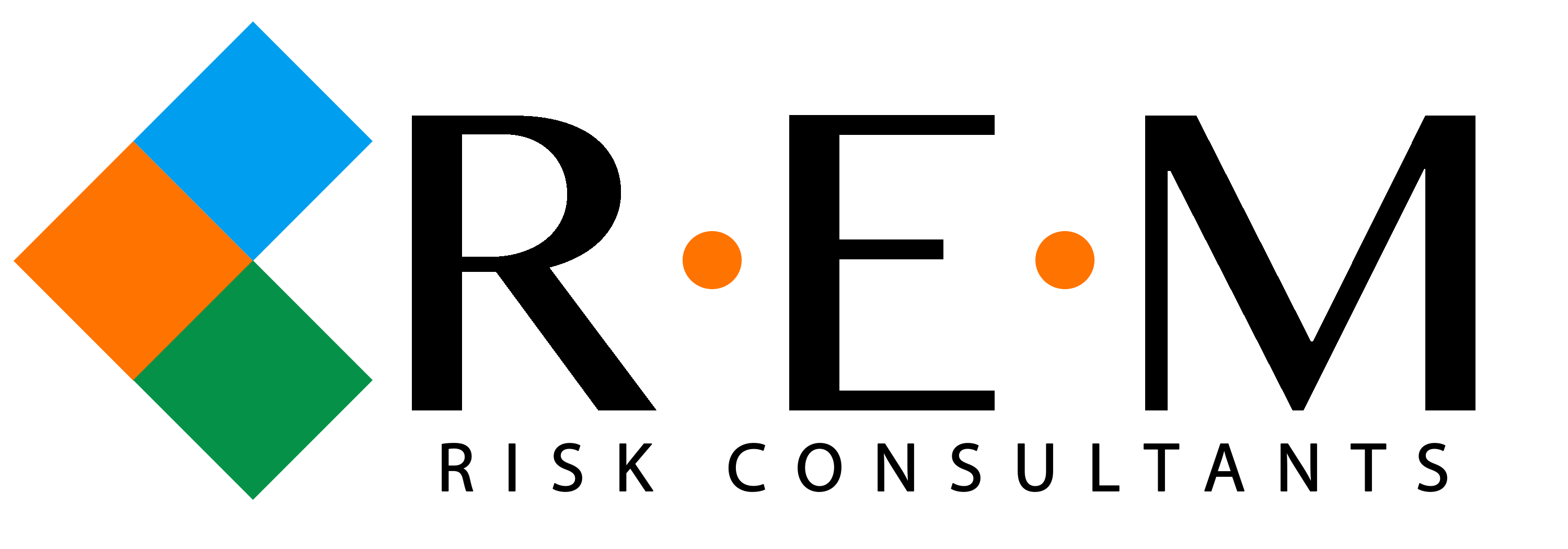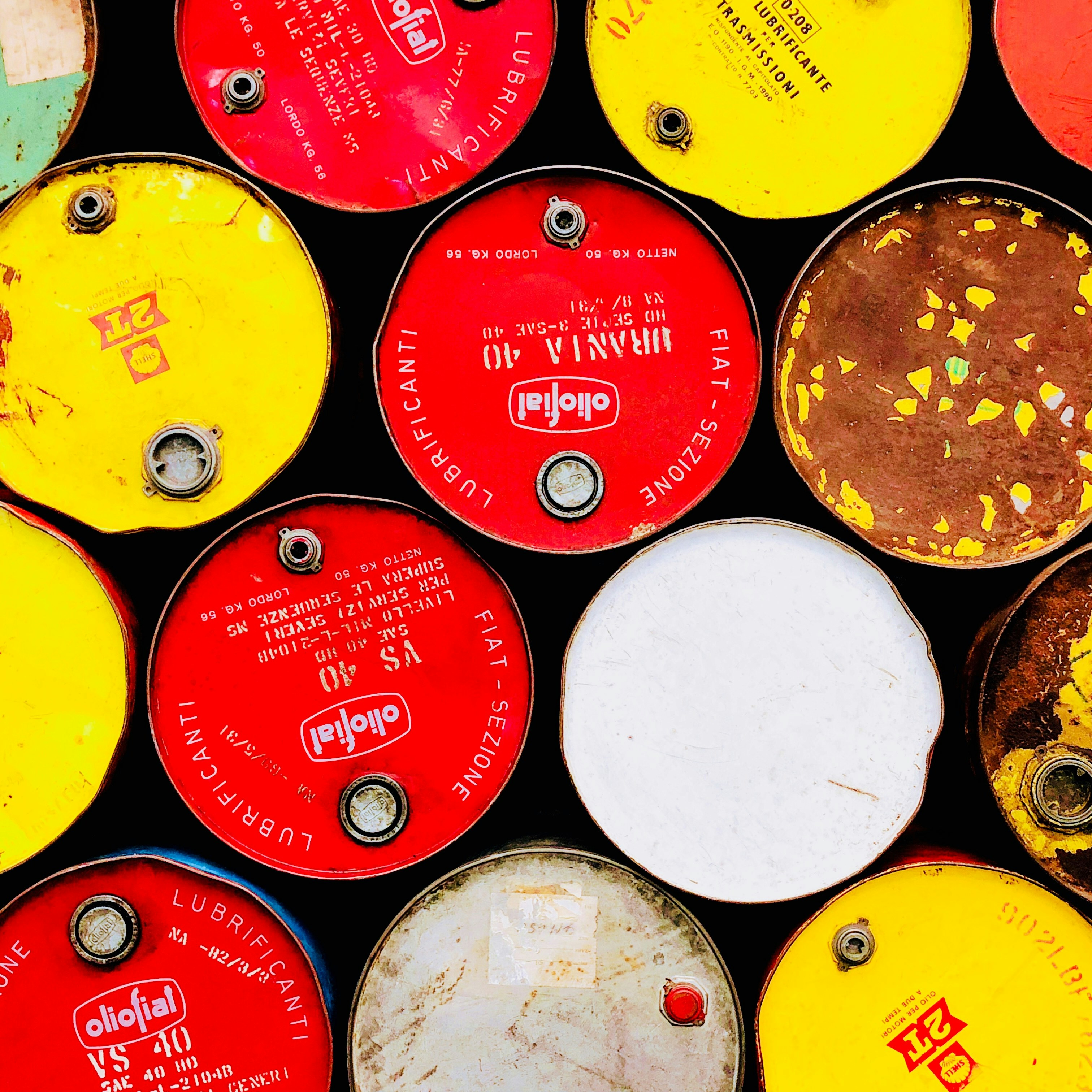Are you prepared: NFPA 30 Changes to Explosion Hazard Documentation
In most jurisdictions, facilities that store or use flammable or combustible liquids are required to adhere to the requirements outlined by NFPA 30 Flammable and Combustible Liquids Code. Chapter 6 of the standard addresses fire and explosion prevention and risk control requirements associated with the storage, processing, handling, and use of ignitable (flammable or combustible liquids) (2024 NFPA 30 section 6.1). One of the requirements within Chapter 6 is that ignitable liquid operations must be reviewed to ensure fire and explosion hazards are adequately addressed by fire prevention, fire control, and emergency action plans.
Before the 2024 edition of NFPA 30, hazard analysis was required to determine the extent of fire prevention and control that should be implemented by consultation with the authority having jurisdiction (AHJ) or an engineering evaluation based on fire protection and process engineering principles (2021 NFPA 30 section 6.4.1.2.1). The standard further expressed what an engineering evaluation is required to include, but not be limited to (2021 NFPA 30 section 6.4.1.2.2):
- Analysis of the fire and explosion hazards of the operation.
- Analysis of emergency relief from process vessels, taking into consideration the properties of the materials used and the fire protection and control measures taken.
- Analysis of applicable facility design requirements in Chapters 17, 18, 19, 28, and 29.
- Analysis of applicable requirements for liquid handling, transfer, and use as covered in Chapters 17, 18, 19, 28, and 29.
- Analysis of local conditions, such as exposure to and from adjacent properties and exposure to floods, earthquakes, and windstorms.
- Analysis of the emergency response capabilities of the local emergency services.
In the 2024 edition of NFPA 30, the standard now outlines the scenarios in which explosion hazards are required to be evaluated in addition to the engineering evaluation outlined above. The conditions requiring explosion hazard evaluations are outlined below:
- Class IA liquids [FP < 73⁰F (22.8⁰C) and BP < 100⁰F (37.8⁰C)] are stored in containers larger than 1 gal (4 L) or quantities exceeding the MAQ
- Class I liquids [FP <100⁰F (37.8⁰C)] are handled, transferred, or used in quantities exceeding the MAQ
- Class II or Class III liquids [FP ≥100⁰F (37.8⁰C)] are handled, transferred, or used at quantities exceeding the MAQ at temperatures at or above their flash point or above atmospheric pressure
- Class II or Class III liquids [FP ≥100⁰F (37.8⁰C)] are handled, transferred, or used for operations at temperatures at or above their boiling point in any quantity
- Runaway reactions or creation of ignitable vapors can occur because of normal mixing operations
- Ignitable liquids can come in contact with incompatible material under abnormal conditions
These new parameters lead to many facilities requiring explosion hazard evaluations that may not have previously. A relatively small volume of Class IA liquids, in a container exceeding 1 gallon in size, may be present in many facilities that are unaware of this new requirement they must adhere to. As new jurisdictions adopt the 2024 edition of NFPA 30, explosion hazards will need to be assessed and documented. Especially in the event a fire inspector or marshal may visit their facility, otherwise, they may scramble to evaluate after a visit or worse, after an incident occurs. NFPA 30 is also a Recognized and Generally Accepted Good Engineering Practice, therefore facilities covered by the Process Safety Management (PSM) requirements will need to adhere to this standard as well.
If you are uncertain about your liquid classification our calculator can assist you in determining that.
If you require an engineering evaluation or explosion hazard evaluation in accordance with NFPA 30 R.E.M. Risk Consultants would be happy to assist you. The potential for an explosion does exist when any of the above parameters are met. The safety of personnel should be of the utmost importance when these parameters exist, especially in locations where flammable liquids are handled or used. Fire and explosion hazards can be evaluated, analyzed, controlled, and/or mitigated in many ways, and R.E.M. has the experience to help you select the right hazard approach for you, your business continuity, and the safety of your personnel.


